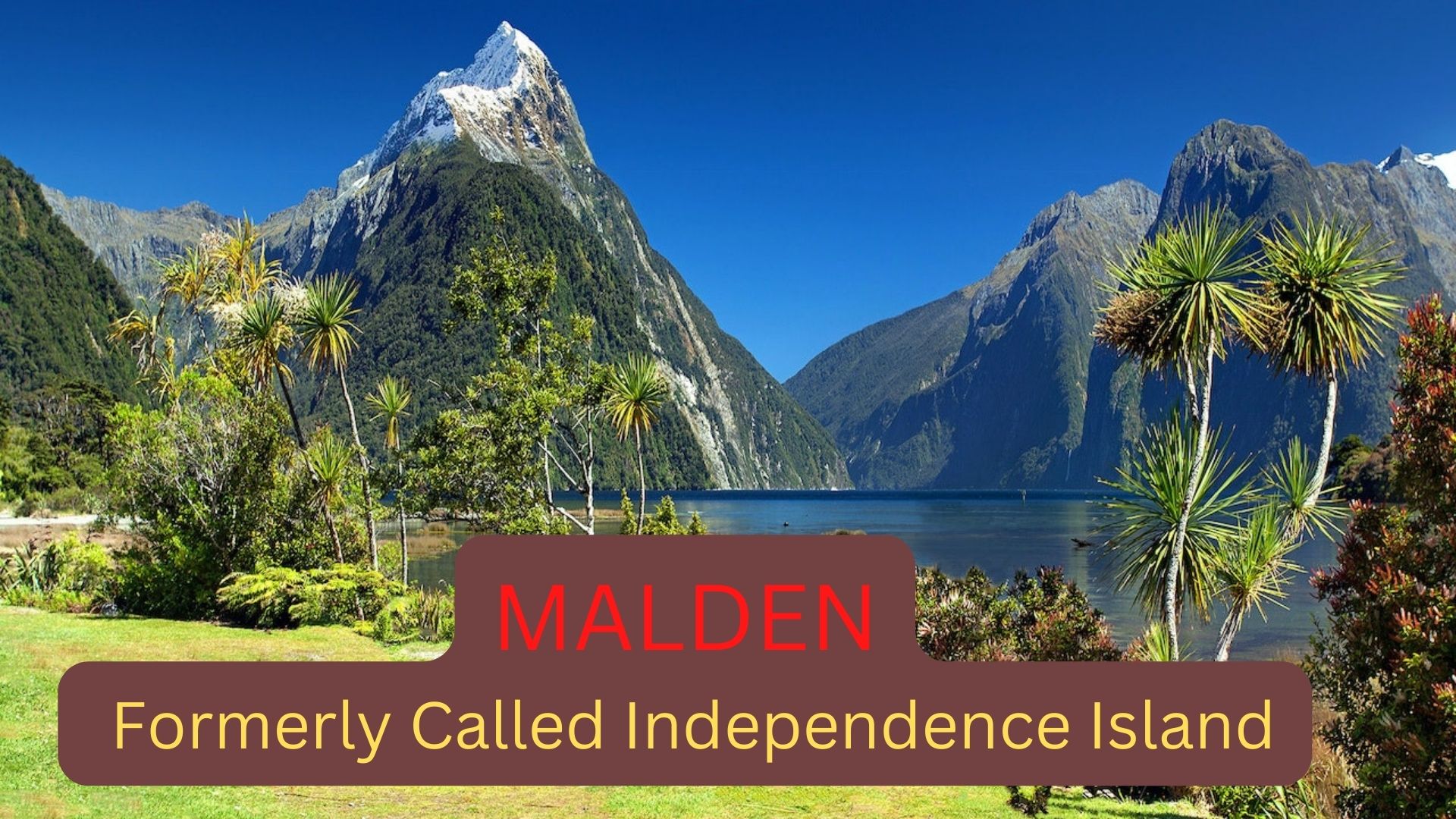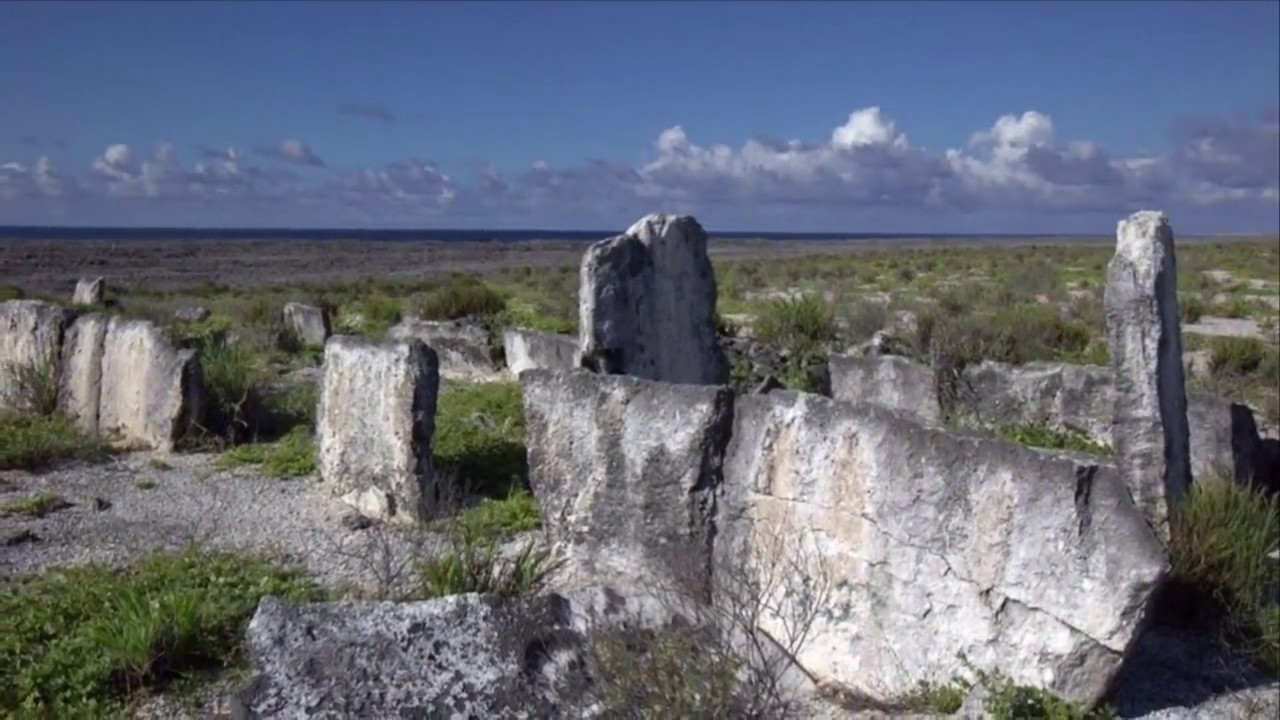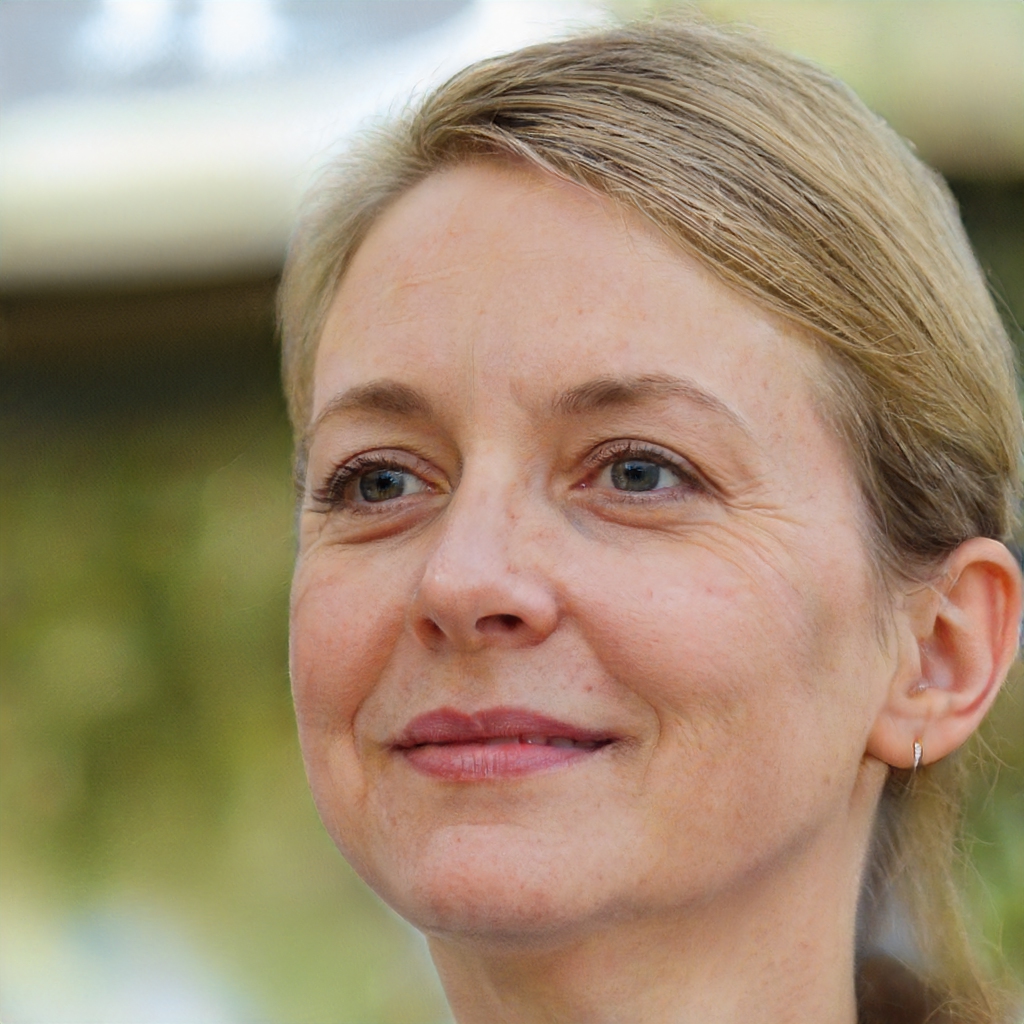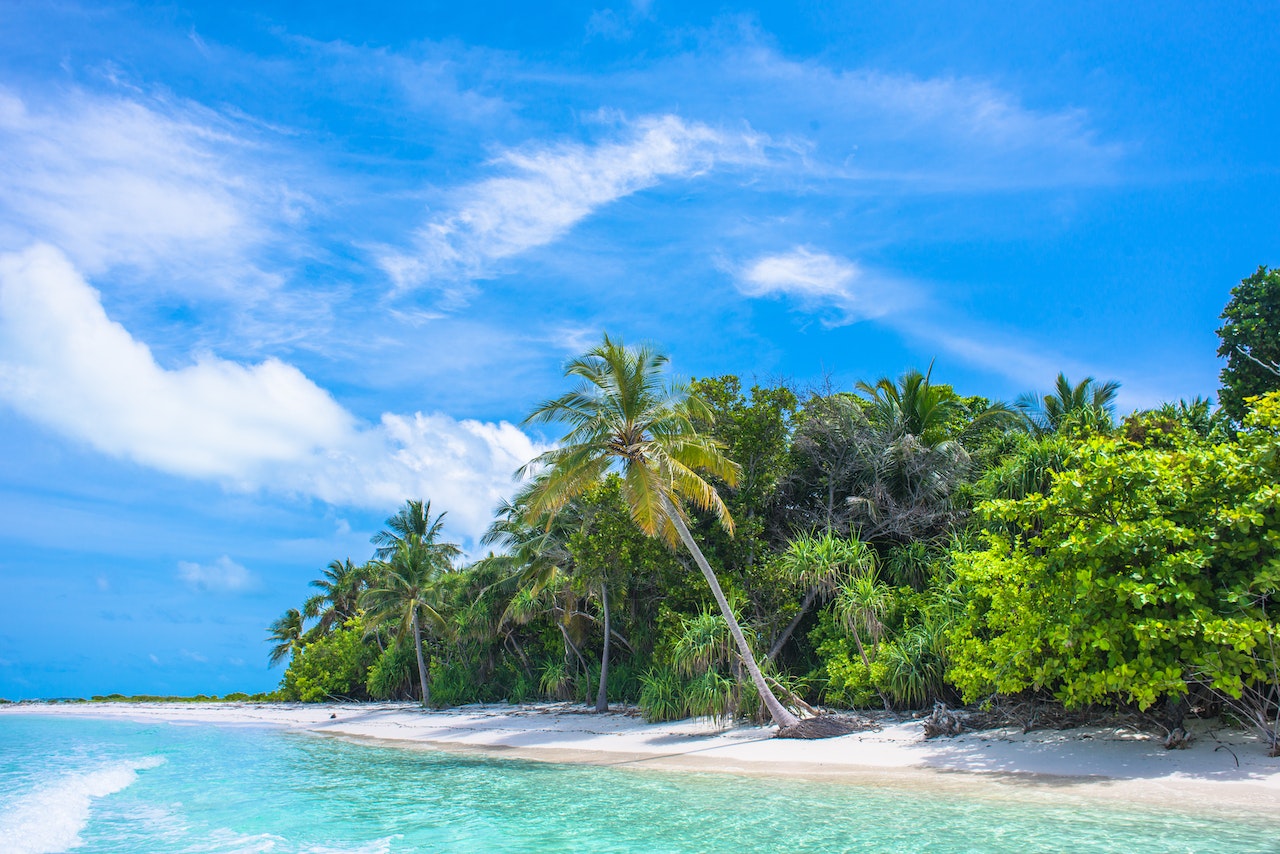Malden - Formerly Called Independence Island
Coral atoll Malden Island, originally Independence Island, is located in Kiribati's Central and Southern Line Islands in the western Pacific Ocean. It's about 2,700 kilometers (or 1,700 miles) south of Hawaii. It is a flat formation with a land area of 28 square kilometers (11 square miles) and a vast lagoon.
Author:Jane RestureSep 29, 202231.8K Shares1M Views

Coral atollMaldenIsland, originally Independence Island, is located in Kiribati's Central and Southern Line Islands in the western Pacific Ocean. It's about 2,700 kilometers (or 1,700 miles) south of Hawaii. It is a flat formation with a land area of 28 square kilometers (11 square miles) and a vast lagoon.
Furthermore, it features temple platforms and burials that show Polynesians had lived there for many generations before the arrival of the Europeans. A British naval officer named George Anson Byron made the first known sighting of the atoll in 1825.
The island was annexed by the United States by the Guano Act of 1856 during the second part of the 19th century, when its guano reserves were being exploited. By the 1920s, the reserves had been depleted.
The British utilized Malden Island and the adjoining Kiribati Atoll for nuclear bomb testing from 1956 until 1964. In 1972, the island joined the Gilbert and Ellice Islands Colony, and then, in 1979, it became independent Kiribati.
Malden Island was declared a nature sanctuary and reserve in 1975 and serves as a nesting place for several significant seabird populations. It is uninhabited.
Malden Island Ruins
The triangular-shaped island is situated more than 4,000 nautical miles west of South America and 1,530 nautical miles south of Honolulu. At the moment, it is both a safe place for about a dozen different bird species to breed and a place for migrating seabirds to spend the winter.
The east of the island is covered by a tiny lagoon that is completely encircled by land. Its water is salty and is connected to the sea through underground conduits. To the south and west of the lagoon is where the majority of the island's land is located. There is no fresh water on the island, which is only 33 feet above sea level.
Malden Island Culture And Social Beliefs
Malden Island has no inhabitants, hence there is no civilization or culture there. In contrast, Kiribati's society is distinguished by the persistence of ancient values and practices. One of our country's most unusual traditions concerns property ownership.
The utu, or group of kin and family, organizes families on this island. Depending on their family connections, a single person may be a part of utu. These tutus, who control ownership of local land and property, form the foundation of this civilization.
When parents die, they might leave their children money and UTU memberships. The kainga, or center, of the utu, is referred to. The person who occupies the kainga space has more control over how the family's assets are used.

Mystery ruins of Malden island (Kiribati)
Hotels To Stay Near Malden Island
The list of hotels close to Malden Island may be found here.
- Econo Inn
- Albina's House
- Town Line Hotel
- Broadway Hotel
- Broadway Malden Ma Hotel
People Also Ask
Malden Is Based On Which Island?
Malden's topography is patterned on that of the Ionian Sea Greek island of Lefkada.
Where Are The Malden Islands?
Malden Island is a coral atoll in Kiribati's Central and Southern Line Islands. It used to be called Independence Island.
Is Malden Island Inhabited?
There are several big groups of seabirds nesting on Malden Island, but it is uninhabited.
Conclusion
Do you want to know more? Malden Island, which was also known as Independence Island in the nineteenth century, is a low, dry atoll in the center of the Pacific Ocean with a 39 km2 surface area.
The most interesting things about the island are its mysterious prehistoric remains, its once-large phosphatic guano deposits, the fact that it was where the British tested the first H-bomb, and the fact that it is now a protected seabird nesting place.
The Malden Island Wildlife Sanctuary is the name given to the island. A 12-nautical-mile fishing exclusion zone was created around each of the southern Line Islands by the Kiribati government in 2014.

Jane Resture
Author
Since she embarked on her first world trip in 2002, Jane Resture spent the past decades sharing her personal journey and travel tips with people around the world. She has traveled to over 80 countries and territories, where she experienced other cultures, wildlife she had only read about in books, new foods, new people, and new amazing experiences.
Jane believes that travel is for everyone and it helps us learn about ourselves and the world around us. Her goal is to help more people from more backgrounds experience the joy of exploration because she trusts that travel opens the door to the greatest, most unforgettable experiences life can offer and this builds a kinder, more inclusive, more open-minded world.
Latest Articles
Popular Articles
